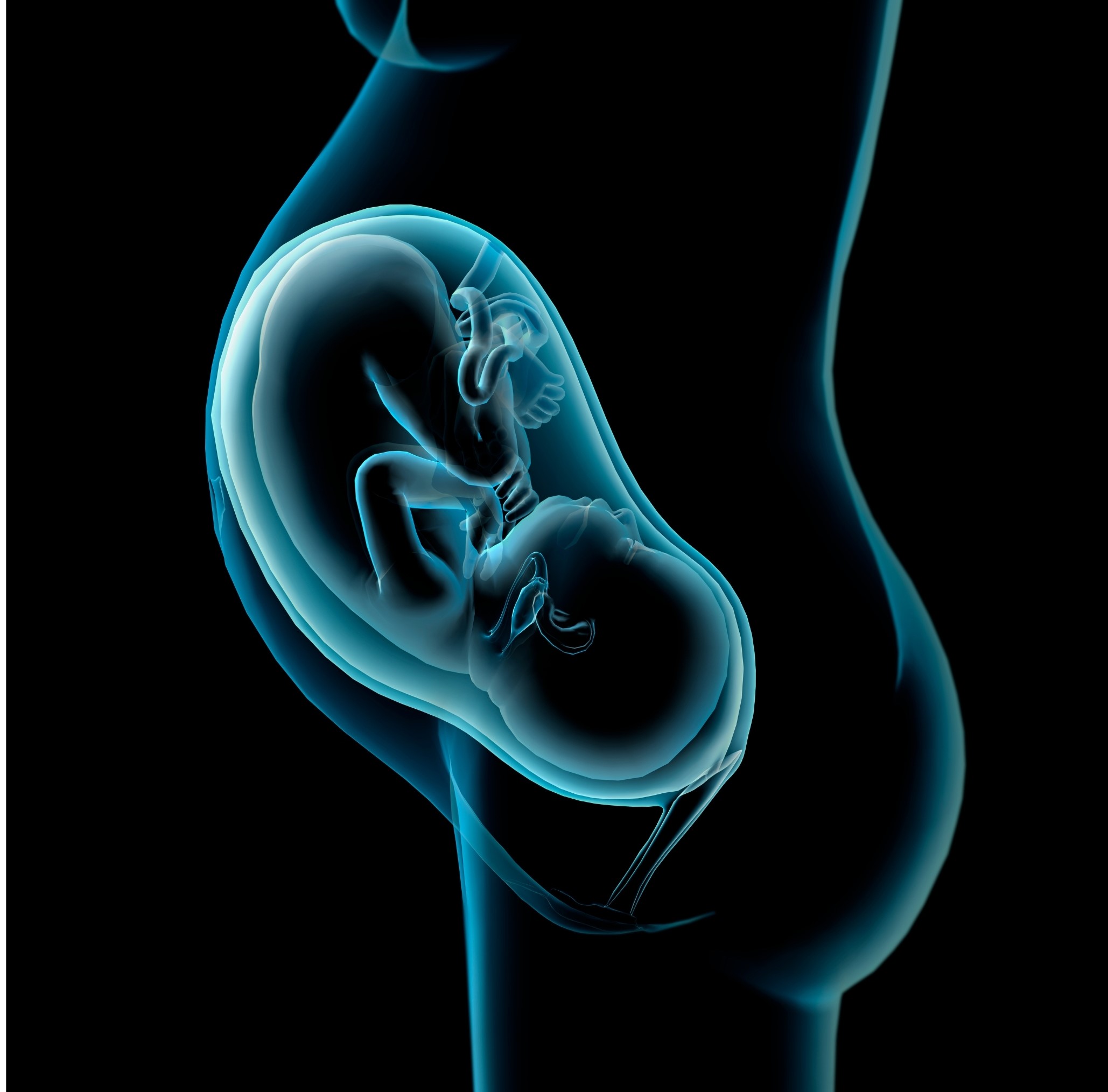Our Research
Welcome to the Prenatal Environment And Child Health (PEACH) Laboratory
The overarching research goal of the laboratory is to understand the influence of early environmental factors such as maternal nutrition, stress, and mental health during gestation on offspring neurobehavioral regulation. The primary focus is the identification of early environmental risk and protective factors for neurodevelopmental disorders including autism spectrum disorders (ASDs), attention deficit hyperactivity disorder (ADHD), anxiety, and depression in order to inform the design of prevention strategies and early interventions. One specific focus is the impact of exposure to maternal obesity and poor nutrition during the perinatal period on the behavior, and physiology of the developing offspring
Specifically, we aim to understand:
1) The impact maternal obesity and poor antenatal nutrition on offspring behavior and risk for neurodevelopmental disorders

The goal of this research, is to discover prenatal determinants of post-natal behavioral precursors of neurodevelopmental and psychiatric disorders. Epidemiological studies have demonstrated an association between developmental exposure to maternal obesity, gestational diabetes, and hypertension and increased incidence of neurodevelopmental disorders; however, the mechanisms for this association remain largely unknown. We prioritize the negative valence domain which our conceptual framework places as central to developmental risk in very early life. We also secondarily consider key modulating domains, including positive valence, social processes, and cognitive systems. Working from a liability x experience model, and considering emerging concepts of developmental programming, we highlight two powerful but insufficiently understood environmental inputs in early development: maternal obesity and poor antenatal nutrition. We hypothesize that maternal obesity and poor nutrition alter the in-utero milieu that offspring are exposed to during fetal development resulting in increased exposure to inflammatory factors. Those, in turn, alter brain development (not directly evaluated here) and ultimately behavior (which we study carefully). The overarching hypothesis is that increased exposure to inflammatory factors during fetal development predicts alterations in infant negative valence, shaping a cascade of behavioral development that increases the outcomes related to ADHD, irritability, and behavioral risk for psychiatric disorder. To address this hypothesis, a powerful yet novel combination of a well-established infant/toddler behavioral characterization is coupled with detailed measurements of the nutritional, metabolic, inflammatory, and hormonal profile of the in-utero environment.
2) Developmental origins and early detection of ADHD and dysregulatory psychopathology

The goal of this research is to identify early life predictors of symptoms of ADHD and associated behavioral and emotional problems. To do so children are followed from before birth to 5 years of age—on the cusp of school entry and well into the preschool period. ADHD and related problems with behavioral and emotional dysregulation are often not clinically identified until school age. By that point they are difficult to reverse. This research strives for early identification of risk factors and for discovery of early life mechanisms that can be used as targets for low-risk yet effective early life intervention to prevent the full onset of these problems. Key mechanisms to be examined are (a) biological signals in early life, focused on maternal inflammation and serotonergic metabolites during pregnancy and the trajectory of change in those signals in the first three years of life; (b) brain development as indexed by EEG measures from birth to age 3 years (lower cost and more readily clinically applicable than MRI at this stage); and (c) behavioral dynamics in early caregiving, about which little is known regarding ADHD risk in the first 24 months of life. If successful the study will open new directions for low-risk yet potentially effective early intervention by identifying specific, measurable, and reversible risk factors or mechanisms as candidates for clinical trial follow up.
3) The impact of the COVID-19 pandemic on the physical and mental health of pregnant and postpartum individuals and children

The COVID-19 pandemic has dramatically changed many environmental factors including the social, economic and health resource available to pregnant individuals and new parents. In partnership with collaborators at OHSU, New York University, Washington University in St. Louis, University of Pittsburgh, Cedars Sinai Medical Center, University of Vermont and Northwestern and the COVGEN Research Alliance this research aims to study the impact of the pandemic on pregnant women and the care they receive, and to understand the consequences for their children’s birth outcomes and neurobehavioral development. Importantly, women with pre-existing substance use, mental health conditions and limited economic resources may be at increased risk for the wide-ranging, deleterious sequelae of the pandemic. We are enrolling pregnant and postpartum women into a multi-wave study in which we assess medical, economic, psychosocial and substance use risk across pregnancy and the perinatal period, studying associations of these factors to infant neurobehavioral development during the first year of life. Our central hypotheses include: 1) individual variation in perinatal COVID-19 related stress leads to differences in birth outcomes, parenting stress and infant temperament and neurodevelopment and 2) substance use, mental health and economic risk enhance susceptibility to negative COVID-19 related health and psychosocial outcomes. Accomplishing these aims will advance understanding of intergenerational transmission of risk during times of chronic stress and reduced resource availability, such as the COVID-19 pandemic. By enhancing capacity to examine contributors to maternal stress and substance use and mechanisms of impact on infant development, this work can also aide in identification of targets for preventive interventions to improve maternal and child health.